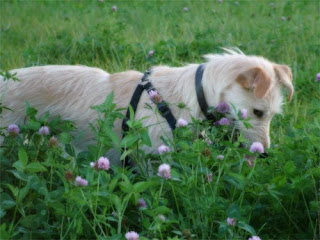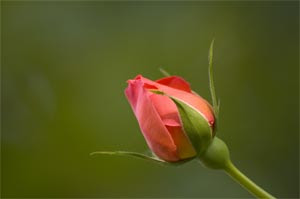1. Open your photo in Photoshop.
2. Duplicate the layer by going to the LAYER menu and selecting DUPLICATE LAYER.
3. From the FILTER menu go to BLUR>GAUSSIAN BLUR and apply a setting of 15-25. This is based on a 6MP image. Use a little less for smaller images or more for 8-10MP pictures. This will apply the blur to the duplicated top layer.
4. From the layer pallete, reduce the opacity of the top blurred layer to around 10-40%. Play with the opacity until you are happy with the result. This allows the sharpness of the original layer to show through whilst creating the soft focus effect on the top layer.
5. Go to LAYER>FLATTEN IMAGE to make the photo just one layer and save.
You can play with the layer effects in the layer pallete before flattening to create some special effects. From the blurred layer select OVERLAY or SOFT LIGHT and see how it effects the image. You can create some really interesting effects by choosing how the top layer blends with the original. Play with the opacity again if you choose another blend mode.
Here's an example of the soft focus effect as seen on one of my dogs...click for larger photograph

